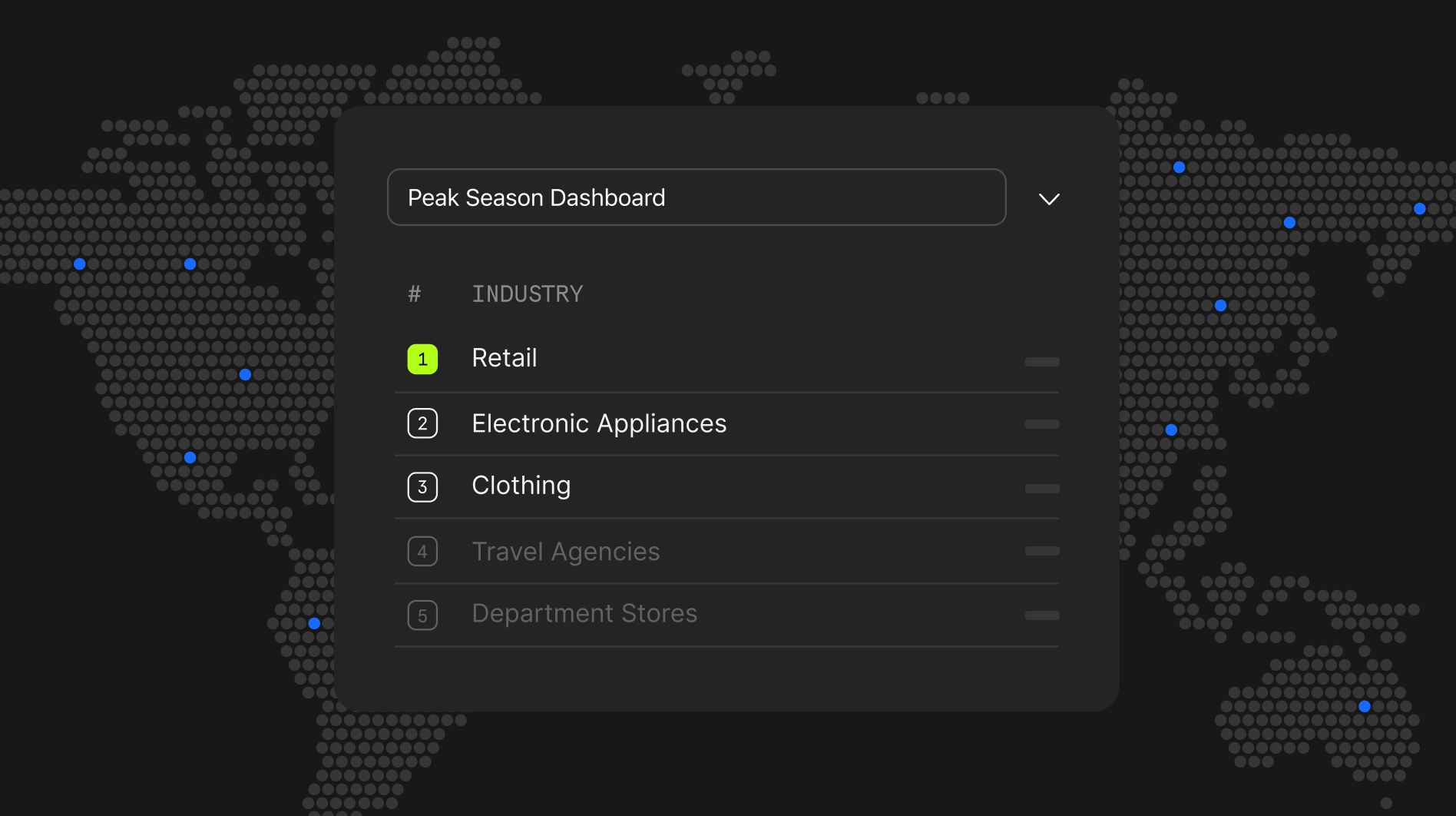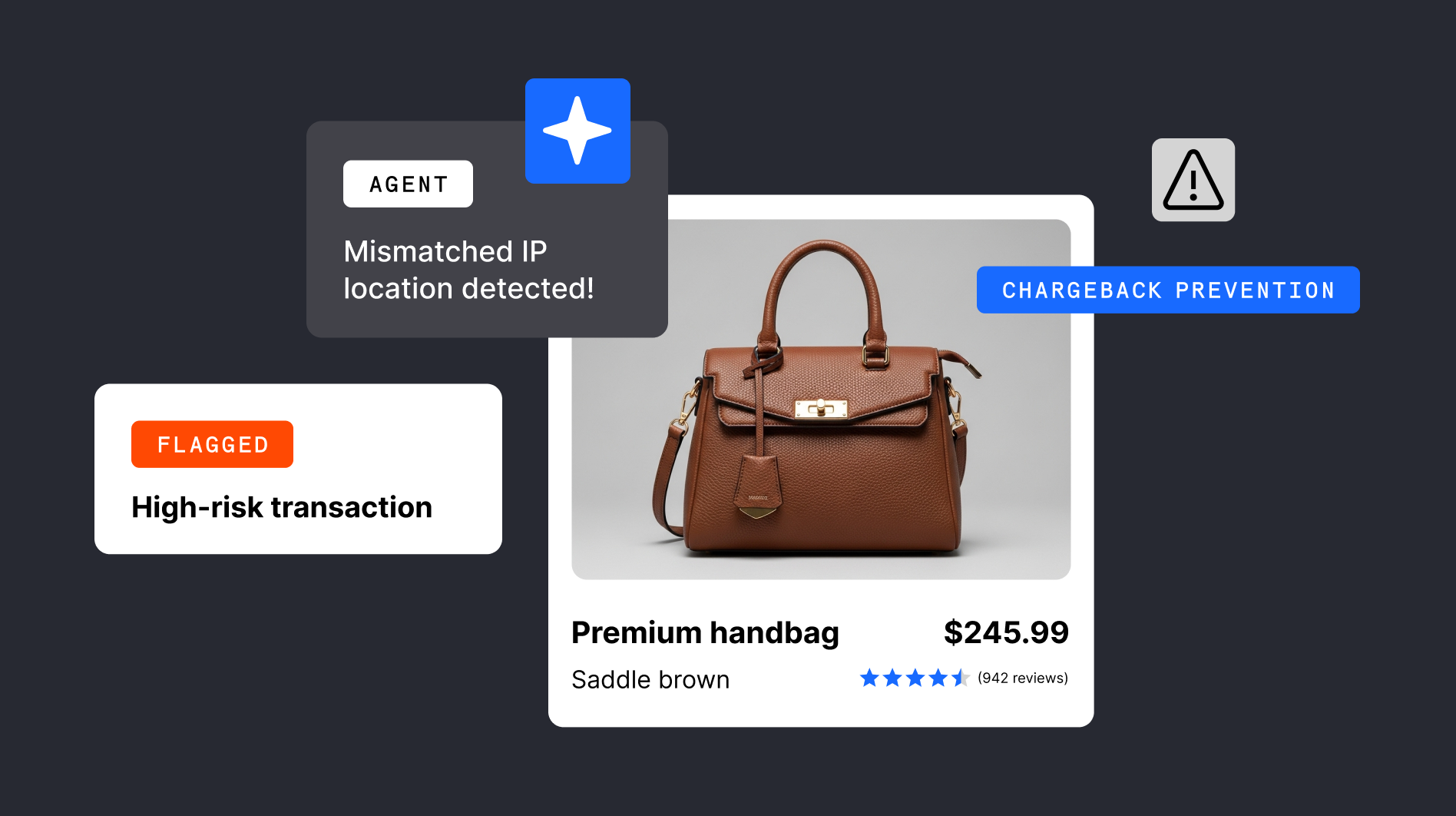In the eternal battle for attention that is the modern economy, convenience can be your most powerful weapon. The easier it is for a consumer to take an action, the more likely they are to do so.
Social commerce is all about convenience. It gives social media users the option to buy great products and services without ever leaving the platform they’re already on. This cuts steps in the customer journey and maximizes the chance of a successful sale.
According to DataReportal, 75% of internet users already use social media to research brands. That’s why giving them the option to make a purchase at that initial touchpoint can be so powerful: they’re already primed and ready to reward themselves for their discovery.
But what exactly is social commerce? Which platforms offer it? And how does it differ from other forms of online commerce? Let’s find out.
What is social commerce?
Social commerce allows users to buy and sell directly through social media sites. The entire shopping experience, from discovery to payment, takes place within the platform, which reduces the risk that a customer will abandon their purchase.
Social commerce definitions have varied since its inception, and in some cases have incorporated any social media-enabled or enhanced commercial activity. But at its most succinct, and for our purposes, social commerce describes ecommerce transactions conducted entirely on social media platforms.
Over the last few years, a number of major social media platforms have introduced social commerce functions, including Instagram, Facebook, and TikTok. And as you can see from the following social commerce statistics, the concept is set to transform online selling over the next decade: according to a 2022 global survey by Statista, 29% of 18-45 year olds have bought something directly through a social media platform, with worldwide revenue estimated at $724bn and expected to reach $6.2 trillion by 2030.
Social commerce vs. ecommerce: what’s the difference?
Isn’t social commerce basically just another name for ecommerce? No, the key difference is that ecommerce is a more general term for buying and selling over the internet, whether that’s through a brand’s website, an app, or any other ecommerce platform. Social commerce is a form of ecommerce that takes place directly on a social media platform.
Which platforms have native social commerce features?
The following platforms offer native social commerce features:
- Instagram Checkout - available to Instagram business account holders selling physical products, Instagram Checkout processes purchases within 2-3 taps and stores customer details securely for future payments directly within the app. It also sends notifications on shipping and delivery through the Instagram platform.
- Facebook Shop - allows users to create an online store on Facebook and Instagram through which users can browse and buy products without leaving the platform. You can also upload and customize your product catalog, and run ads to promote your store.
- TikTok Commerce - a suite of products that allows users to buy products directly from a brand’s profile, ads, videos or lives.
- Pinterest Shopping - uses an API to allow businesses to automatically upload their catalogs to Pinterest and create a shoppable storefront. An algorithm directs Pinterest users to creators’ stores based on their preferences and Buyable Pins enable shoppers to pay without visiting the seller’s site.
Benefits of social commerce
As seen earlier, social commerce is set to soar as a way for internet users to discover and buy great products and services. If you’re not already convinced by its potential, here are some other key benefits for brands and users.
A seamless shopping experience
An overcomplicated or time-consuming checkout process, as well as forced account creation, are frequently cited among the top reasons for abandoning a purchase. That means every additional step the customer has to take to pay after discovering your product risks dissuading them from doing so.
The more frictionless you can make your shopping experience the better. For example, with Instagram Checkout, a user can click order and pay in as little as 2-3 taps (provided they’ve previously entered their card and address details). And when you consider that most social media site visits take place on mobile, and how challenging data entry and navigation can be on a handheld device, giving a user the option to buy in an instant can make all the difference.
Learn more: What is contextual commerce?
Reach a wider audience
If until now you’ve been relying on organic search and ads to gain paying customers through search engines, know this: according to 2022 data from Statista, around 58% of the global population use social media sites, with each person spending an average of 2.45 hours a day on various platforms.
In the US alone, this figure jumps to 84% among 18-29 year olds, and 81% among the 30-49 age group. That’s why, if your target audience is Gen Z and Millennials, who are the most likely to have made a purchase through social media, social commerce should be your first port of call.
But whoever your audience, a massive majority of people use social media for a significant proportion of their waking lives, and do so to discover and research brands. That’s a lot of people who might never have otherwise encountered your business, and giving them the opportunity to shop while the scroll is a no-brainer.
Build trust with direct interactions and social proof
Unlike the solitary experience of traditional ecommerce, where the most interaction a customer can hope for is often a chatbot and a customer service email, users can interact directly with your brand while on social media platforms by messaging you or commenting on photos and posts.
Whether they’re asking a question about sizing or sharing their opinions on a new product, you can gather feedback and respond quickly. They can also like, share, follow, and interact with other users on your brand pages. All of this is fantastic social proofing, which builds trust and, ultimately, boosts sales.
Gather vital data
Social media platforms offer business users a wealth of metrics that you can use to assess consumer behavior, the success of campaigns, and even individual product performance.
For example, Instagram and Facebook Insights give you granular insights into the age, gender, location, job titles, education, hobbies, and even relationship status of your customers.
Using this data, you can create highly targeted ad campaigns that get relevant products in front of niche audiences and maximize the chances of a successful sale.
Increase average order value
Offering a frictionless payment process combines with a number of other factors, including social proof and targeted advertising, to increase the amount that any individual will spend in one go, boosting the average order value of every sale you make.
Potential drawbacks
As powerful as social commerce can be, it’s certainly no panacea. Here are some potential drawbacks you should be aware of:
Less ownership of the shopping experience
While your customers are gaining convenience, you’re losing traffic to your own website and, with that, full control over your customers and their shopping experience. Yes, they can interact with your post, but if that interaction is limited to a few taps before they move on, they’re not building a relationship with your brand in the same way they would if they explored your website and discovered your story.
Less useful data
Social media platforms do offer plenty of useful insights, but you don’t have as much control of that data, and you’re missing out on all the valuable information that would have been generated by a visit to your website. This can make it harder to offer personalized experiences to your customers, such as discounts and vouchers.
Negative feedback is very obvious
In the same way that positive comments, likes and shares are excellent for social proof, negative comments and complaints in a public forum can be extremely obvious, extremely damaging, and extremely difficult to shake off.
While an unhappy customer who purchased through your website could still leave a negative comment on social media, they’re more likely to use the customer service options provided on your website or in a purchase confirmation email.
Social media is time consuming
Social media users have grown used to instant gratification. After all, that’s what social commerce is all about. But it also means, in order to make your social presence a success, you need to be constantly available to interact with users and post fresh content to keep people engaged. This can be both resource and time intensive.
Additionally, if your sole focus on social media is encouraging users to make instant purchases, you risk coming across as cynical and alienating existing fans of your brand.
Payment links vs. social commerce
Like social commerce, payment links allow businesses to accept payment through their social media channels. But unlike social commerce, payment links allow you to retain ownership of the payment process.
However, they’re not limited to social channels. Payment links, which often appear in the form of a QR code, can be used to accept payments through email, live chat or even a text message. You can create unique links for each good or service, and you can create links for one transaction for a specific customer or for an unlimited number of customers.
This gives you, and your customers, a great deal of flexibility to meet different payment preferences. As an end-to-end payment solution provider, Checkout.com can generate payment links for merchants, hosted by us and managed through a unified API. All you need to do is request a link and send all the relevant payment information. Checkout.com then creates a link and shares it with your customer. The customer can then fill in their details and we’ll process the payment.
Social commerce trends for 2023
Social commerce is set to grow in 2023. The growth towards that estimated $6.2 trillion in social commerce revenue by 2030 starts now, driven by a desire among consumers to discover great new brands and products and an increasingly frictionless shopping experience. According to a report from Accenture, social commerce spending could reach $1.2 trillion by 2025, with Gen Z and Millennials accounting for 62% of social commerce purchases.
A focus on fighting fraud
However, this phenomenal growth hides a hesitance towards social commerce from many consumers due to fears of fraud. According to FIS, 55% of UK consumers are concerned about spending money on social media because they’re afraid of fraudulent sellers. Ensuring continued growth in social commerce will require social platforms and payment providers to tackle this very legitimate concern with fraud detection.
Janine Hirt, CEO, Innovate Finance, says: “On the policy side, APP fraud continues to present a significant and growing challenge to the payments industry, with over £500m lost to APP [authorised push payment] scams in 2021".
“We need to develop an approach that tackles root causes of APP fraud which often originate on search engines and social media. [In the UK] We see the Online Safety Bill as an opportunity to require search engines and social media companies to take action to stop scams.”
Live shopping
Live shopping is already big business in China (where the livestream selling market grew from $3bn to $171bn in three years), but it has yet to take off in the rest of the world. However, with the phenomenal popularity of TikTok (as well as copycat formats on other platforms) and the ability to add shoppable links to videos and live content, expect it to grow in 2023. Coresight estimates that livestreaming ecommerce could hit $35bn in sales and account for 3.3% of all US ecommerce by 2024.
Personalized shopping through live chat
According to Shopify, 43% of consumers are likely to use live chat in the next year, and 60% think excellent customer service can influence a purchase decision. As customers expect to be able to connect with the brands they love authentically through social media, live chat creates genuine opportunities for personalizing the shopping experience for customers. Whether that’s offering discounts on specific products, advising on colors and sizes, or offering post-purchase customer support, live chat can help to boost loyalty and sales.
Find more predictions from industry experts in our recent report, The Digital Payments Agenda 2023.



.jpg)











.png)
